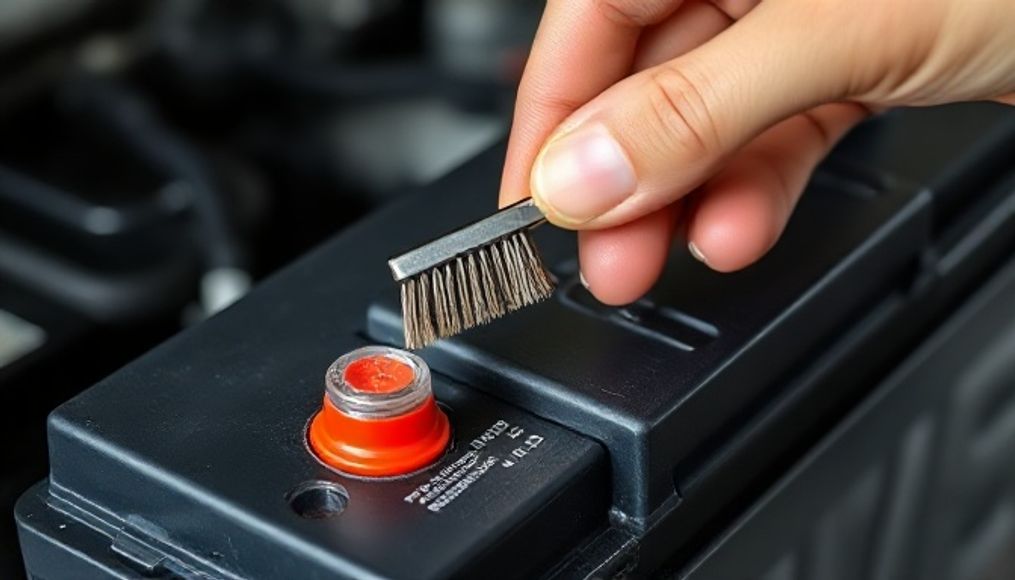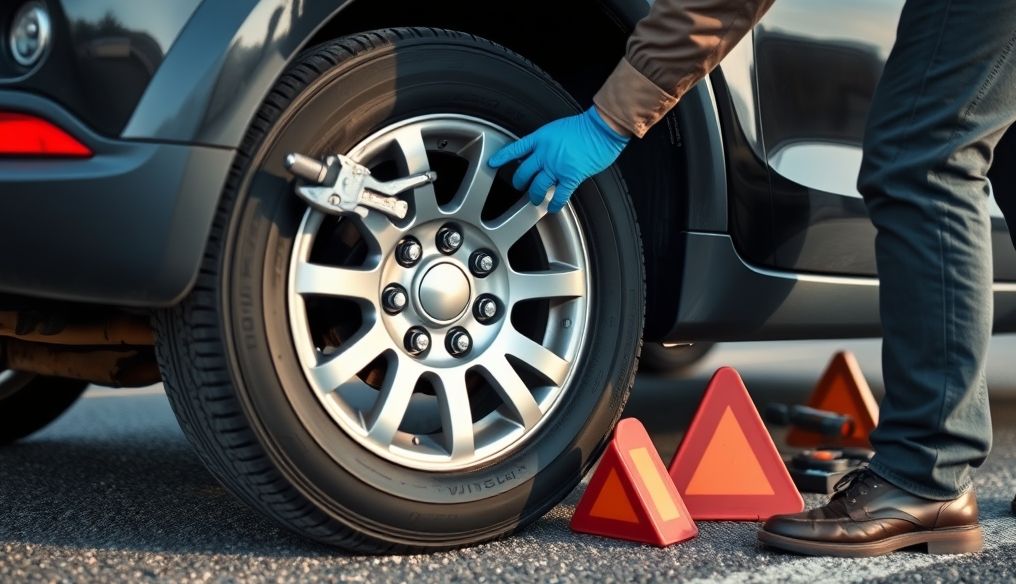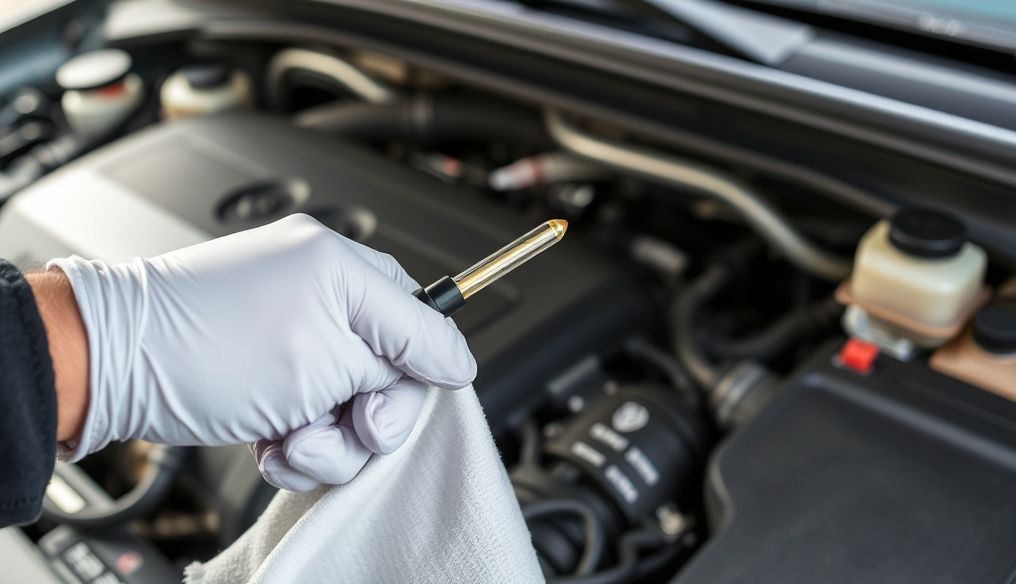What are the Signs of a Failing Car Battery and How to Prevent Them?
A car battery is the lifeline of a vehicle's electrical system. Without it, the car won't start, and many essential features become unavailable. Unfortunately, car batteries aren't eternal and degrade over time. Recognizing the signs of a failing battery can help you avoid a sudden breakdown and take proactive steps to replace the battery before it completely fails.
Chapter 1: Understanding the Role of a Car Battery
Before diving into the signs of failure, it's important to understand the vital role the battery plays in your car. The battery is not only responsible for starting the engine but also provides power to various other electrical components.
Key Functions of a Car Battery:
- Starting the Engine: The battery provides the power needed to operate the starter motor, which cranks the engine.
- Powering Electrical Components: When the engine is off, the battery powers headlights, radio, air conditioning, and other electrical components.
- Stabilizing Voltage: The battery helps stabilize the voltage in the car's electrical system, protecting sensitive components from damage caused by sudden power surges.
Chapter 2: Warning Signs of a Failing Car Battery
There are several signs that indicate your car battery is nearing the end of its life. Paying attention to these signs can save you time, money, and prevent you from getting stranded in an inconvenient location.
1. Slow Engine Crank
One of the most common signs of a failing battery is a slow engine crank. The engine may take longer than usual to start, or you may hear a weak "clicking" sound when trying to start the car. This indicates that the battery isn't providing enough power to the starter motor.
2. Dim or Flickering Headlights
If you notice that your car's headlights appear unusually dim or flicker intermittently, it could be a sign of a weak battery. This happens because the battery isn't able to provide a consistent and sufficient electrical current to the lights.
3. Weak Performance of Electrical Components
In addition to headlights, you may also notice that other electrical components in your car are working slower or less efficiently. For example, the air conditioning system may take longer to cool the cabin, or the radio may sound less clear.
4. Check Engine Light
In some cases, the check engine light may illuminate due to battery-related issues. This could be due to low battery voltage or other problems in the electrical system. It's important to have the error code checked with a scanner to determine the exact cause of the light.
5. Swollen or Cracked Battery Case
Visually inspect the battery for any signs of physical damage. A swollen or cracked battery case can indicate that the battery has been exposed to high temperatures or is corroding from the inside. In this case, the battery should be replaced immediately.
6. Foul Odor
You might smell a foul odor, similar to rotten eggs, near the battery. This odor is caused by sulfuric acid leaking from the battery, which is dangerous and requires immediate battery replacement.
7. Corrosion Buildup on Battery Terminals
Corrosion is a white or bluish substance that accumulates on the battery terminals. Corrosion can impede the flow of electrical current and lead to starting problems. The corrosion can be cleaned off using a wire brush and a solution of baking soda and water.
8. Battery Age
Car batteries typically last for 3 to 5 years. If your battery is older than this, it's likely nearing the end of its life. Even if you don't notice any other signs of failure, it's a good idea to proactively replace the battery to avoid a sudden breakdown.
Chapter 3: Factors Affecting Car Battery Life
Several factors can influence the lifespan of a car battery, including:
1. Climate
The climate can significantly impact battery life. Extreme temperatures, whether very hot or very cold, can cause the battery to degrade faster.
2. Driving Habits
Driving habits can also affect battery life. Frequent short trips don't allow the battery to fully charge, leading to faster degradation. Leaving headlights or the radio on when the engine is off can also drain the battery.
3. Maintenance
Regular maintenance can help prolong battery life. This includes checking and cleaning the battery terminals regularly, ensuring the battery is properly secured, and checking the battery voltage regularly.
4. Battery Type
Different battery types have varying lifespans and performance characteristics. AGM (Absorbent Glass Mat) batteries are generally more durable and last longer than traditional lead-acid batteries.
Chapter 4: How to Check Your Car Battery
There are several ways to check the condition of your car battery:
1. Visual Inspection
Start by visually inspecting the battery for any signs of damage, such as swelling, cracking, or corrosion. Make sure the battery terminals are clean and tight.
2. Using a Voltmeter
A voltmeter can be used to measure the battery voltage. A fully charged battery should have a voltage of around 12.6 volts. If the voltage is below 12.4 volts, the battery may need to be charged or replaced.
3. Battery Load Test
A battery load test assesses the battery's ability to provide power under load. This test can be performed at most auto parts stores.
4. Using a Digital Battery Tester
Digital battery testers are available that can provide more detailed information about the battery's condition, such as its internal resistance and remaining capacity.
Chapter 5: How to Extend Car Battery Life
There are several ways to extend the life of your car battery:
1. Avoid Frequent Short Trips
Try to avoid frequent short trips, as they don't allow the battery to fully charge. If you frequently drive short distances, consider charging the battery regularly with an external battery charger.
2. Turn Off Headlights and Other Electrical Components When the Engine is Off
Make sure to turn off the headlights, radio, air conditioning, and any other electrical components when the engine is off. Leaving these components on can drain the battery.
3. Keep the Battery Terminals Clean
Clean the battery terminals regularly using a wire brush and a solution of baking soda and water. Corrosion can impede the flow of electrical current and lead to starting problems.
4. Check the Battery Voltage Regularly
Check the battery voltage regularly using a voltmeter. If the voltage is below 12.4 volts, the battery may need to be charged or replaced.
5. Use a Battery Maintainer to Keep the Battery Charged
If you're not using your car for an extended period of time, use a battery maintainer to keep the battery charged. This can help prevent the battery from discharging and becoming damaged.
6. Have the Battery Checked Regularly by a Qualified Technician
Have a qualified technician check the battery regularly as part of your car's routine maintenance. The technician can identify any potential problems with the battery and take proactive steps to address them.
Chapter 6: Choosing the Right Battery for Your Car
When it's time to replace your car battery, it's important to choose the right battery for your car. Consider the following factors:
1. Size and Specifications
Make sure the new battery is compatible with the size and specifications of your car's original battery. You can find this information in your car's owner's manual.
2. Reserve Capacity (RC)
The reserve capacity (RC) indicates how long the battery can provide power if your car's charging system fails. The higher the reserve capacity, the better.
3. Cold Cranking Amps (CCA)
The cold cranking amps (CCA) indicates the battery's ability to start the engine in cold weather. The higher the CCA rating, the better.
4. Battery Type
There are several different types of car batteries, including traditional lead-acid batteries and AGM batteries. AGM batteries are generally more durable and last longer, but they are also more expensive.
5. Brand
Choose a reputable battery brand with a good reputation for quality and reliability.
Chapter 7: Replacing Your Car Battery Yourself (Safety Precautions)
If you're confident in your mechanical skills, you can replace your car battery yourself. However, it's important to take the following safety precautions:
1. Disconnect the Old Battery
Start by disconnecting the old battery. Disconnect the negative terminal (usually black) first, then the positive terminal (usually red).
2. Remove the Old Battery
Remove the old battery from the car. You may need to loosen some fasteners or brackets that hold the battery in place.
3. Clean the Battery Terminals
Clean the battery terminals using a wire brush and a solution of baking soda and water.
4. Install the New Battery
Install the new battery in the car. Make sure it's properly secured.
5. Connect the New Battery
Connect the new battery. Connect the positive terminal (usually red) first, then the negative terminal (usually black).
6. Verify That the Car Starts
Verify that the car starts properly.
7. Dispose of the Old Battery Properly
Dispose of the old battery properly. Car batteries can be recycled, so take it to your local auto parts store or recycling center.
Chapter 8: Conclusion
A car battery is a vital component of your vehicle's electrical system. By recognizing the signs of a failing battery and taking proactive steps to maintain it, you can avoid a sudden breakdown and extend its lifespan. Remember to check the battery regularly, keep the terminals clean, avoid frequent short trips, and charge the battery regularly if you're not using your car for an extended period of time. If you're unsure about the condition of your battery, have it checked by a qualified technician.




